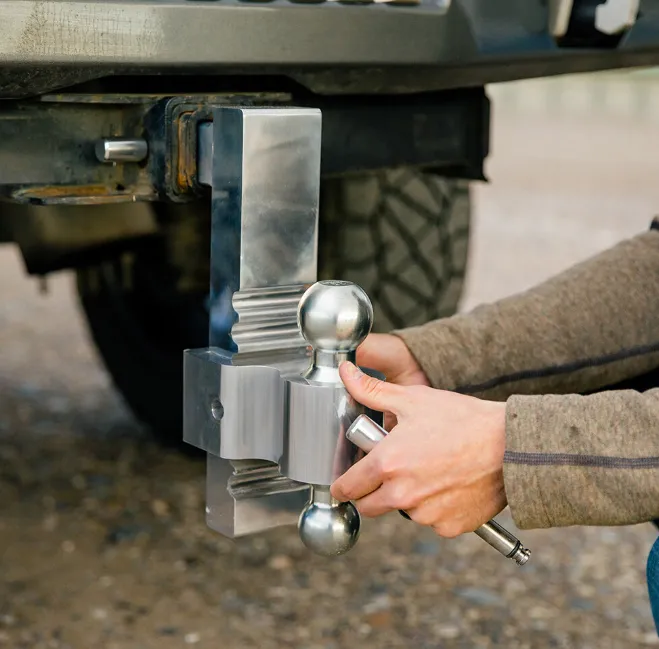Resources for Opening a Successful Restaurant
Opening a restaurant is a formidable but exhilarating venture. It requires meticulous planning, a deep understanding of the market, and an unwavering passion for the culinary arts. From crafting a detailed business plan to navigating local regulations and creating a sensational menu, the road to a successful eatery is paved with challenges and opportunities. This guide aims to equip aspiring restaurateurs with valuable resources and tips for running a profitable establishment.
Getting Comprehensive Training
Attending culinary school can be a transformative experience for aspiring restaurateurs, offering a myriad of skills and insights that are crucial for running a successful restaurant. The structured environment of a culinary school provides a vital foundation in various culinary techniques, enabling students to refine their cooking skills under the guidance of experienced chefs. This not only enhances their culinary repertoire but also instills a deep appreciation for the intricacies of food preparation and presentation, vital aspects when it comes to creating memorable dining experiences.
Moreover, culinary school provides opportunities to learn about the business side of restaurant operations, which is often overlooked by those who focus solely on cooking. Courses in restaurant management, menu development, and food safety equip students with the tools necessary to navigate the complexities of running a restaurant. Earning an education from a New York Culinary School, for example, can provide aspiring restaurateurs with invaluable practical experience when it’s time to launch their own establishments.
Navigating Local Regulations and Securing Necessary Permits
One of the less glamorous yet crucial steps in opening a restaurant is understanding and adhering to local regulations. This process prevents future legal entanglements and ensures smooth operations. Each city and state has unique health, safety, and business operation standards that must be met before you can officially open your doors to customers.
Securing the necessary permits can be a time-consuming process. Required permits might include a business license, a food handler’s permit, a liquor license, and health department permits. Budget for the costs of these permits, as they can be substantial and vary significantly depending on the location. Engaging with local authorities early on can help clarify requirements and expedite approval processes.
Essential Tools and Equipment for a Fully Operational Kitchen
The heart of any restaurant is its kitchen, and equipping it adequately is crucial for producing efficient, high-quality food. Investing in the right tools and appliances will impact your kitchen’s workflow, the quality of the meals you create, and, ultimately, the customer experience. Commercial ranges, refrigerators, and ovens are fundamental, but also consider specialized equipment based on your menu offerings.
When sourcing equipment, consider the balance between quality and budget. Prioritize durability and reliability over trendy features. For example, a Compact commercial blender may be a necessity if fresh sauces or smoothies are staples on your menu. These tools need to withstand the rigors of a professional kitchen, so opting for industrial-grade options is usually a wise move.
Developing a Winning Menu: Balancing Creativity and Market Demand
The menu is where your culinary vision comes to life, and its development is both an art and a science. A well-conceived menu strikes a balance between creativity and market demand, aligns with your restaurant’s brand, and considers cost efficiency and ingredient availability. Be innovative but pragmatic, considering what your target audience will enjoy and what will maintain a profitable margin.
Market research is crucial when developing your menu. Understand the preferences and spending habits of your potential customers. Are they looking for a quick lunch spot, or are they more inclined toward fine dining experiences? This knowledge will directly influence menu complexity, pricing, and ingredients used. Testing your dishes through pop-ups or tasting events is an excellent way to collect feedback and refine your offerings.
While offering a range of dishes is important to cater to various tastes, an overly extensive menu can overwhelm your kitchen staff and patrons. It also often leads to higher food costs and waste. Focusing on a few specialties and excelling in them can draw crowds.
The journey of opening a restaurant is multifaceted. Balancing the rigor of planning and compliance with the creative flair of menu development and marketing can lead to a successful and rewarding business. Overall, dedication to these core resources will help any aspiring restaurateur establish a solid foundation for a vibrant culinary enterprise.







